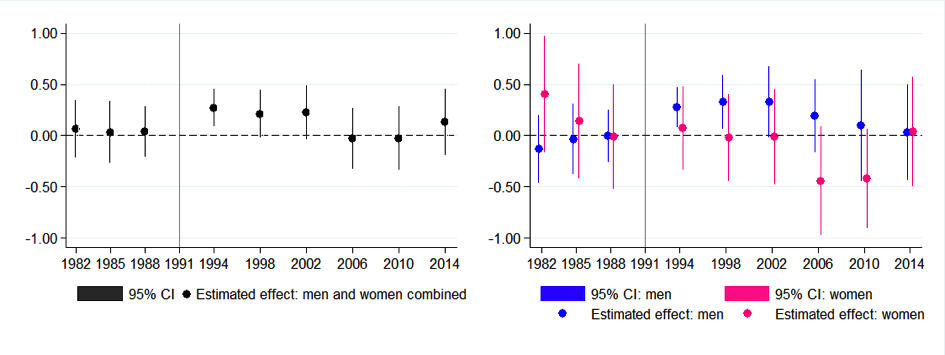Let’s say the Kremlin was responsible for the DNC hack, and deployed Twitter bots and trolls to drive disinformation during the recent US election. You wouldn’t expect something like this to pop up overnight, instead it’s likely Russia has practised on its closer neighbours for years. If this were the case, you’d expect them to have plans and organisations set up to counter Kremlin influence.
Sweden has launched a nationwide school program to teach students to identify Russian propaganda. The Defense Ministry has created new units to seek out and counter Russian attempts to undermine Swedish society.
In Lithuania, 100 citizen cyber-sleuths dubbed “elves” link up digitally to identify and beat back the people employed on social media to spread Russian disinformation. They call the daily skirmishes “Elves vs. Trolls.”
In Brussels, the European Union’s East Stratcom Task Force has 14 staffers and hundreds of volunteer academics, researchers and journalists who have researched and published 2,000 examples of false or twisted stories in 18 languages in a weekly digest that began two years ago. […]
France and Britain have successfully pressured Facebook to disable tens of thousands of automated fake accounts used to sway voters close to election time, and it has doubled to 6,000 the number of monitors empowered to remove defamatory and hate-filled posts.
The German cabinet recently endorsed legislation — now before Parliament — to impose fines of up to $53 million on social-media companies that fail to remove posts deemed to be “hate speech.” Some especially notorious recent examples concerning migrants have been traced to Russian origins.
You’d also expect the Kremlin to brag about their online savvy. It would be a national source of strength and pride, after all.
Last February, a top Russian cyber official told a security conference in Moscow that Russia was working on new strategies for the “information arena” that would be equivalent to testing a nuclear bomb and would “allow us to talk to the Americans as equals.”
Andrey Krutskikh, a senior Kremlin adviser, made the startling comments at the Russian national information security forum, or “Infoforum 2016,” held Feb. 4 and 5. His remarks were transcribed by a Russian who attended the gathering and translated for me by an independent European cyber expert. […]
According to notes of Krutskikh’s speech, he told his Russian audience: “You think we are living in 2016. No, we are living in 1948. And do you know why? Because in 1949, the Soviet Union had its first atomic bomb test. And if until that moment, the Soviet Union was trying to reach agreement with [President Harry] Truman to ban nuclear weapons, and the Americans were not taking us seriously, in 1949 everything changed and they started talking to us on an equal footing.”
Krutskikh continued, “I’m warning you: We are at the verge of having ‘something’ in the information arena, which will allow us to talk to the Americans as equals.”
Putin’s cyber adviser stressed to the Moscow audience the importance for Russia of having a strong hand in this new domain. If Russia is weak, he explained, “it must behave hypocritically and search for compromises. But once it becomes strong, it will dictate to the Western partners [the United States and its allies] from the position of power.”
If you live in the United States and focus on news relevant to there, it isn’t that hard to dismiss evidence of Kremlin hacking. They haven’t done it before, right? The US is a tech leader, anyway, and would spot any attempts coming from a mile away.
If you step outside of that bubble, though, you find many more people convinced of the Kremlin’s hand, if only because they’ve felt it themselves.


